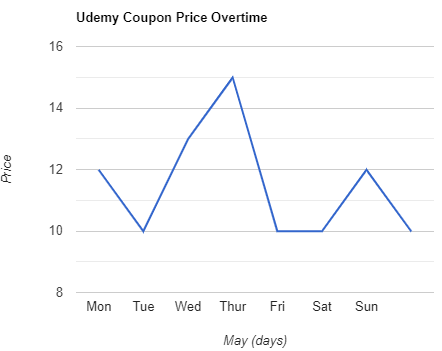Hacking and Patching
This specialization in intended for IT professionals, computer programmers, managers, IT security professionals who like to move up ladder, who are seeking to develop network system security skills. Through four courses, we will cover the Design and Analyze Secure Networked Systems, Develop Secure Programs with Basic Cryptography and Crypto API, Hacking and Patching Web Applications, Perform Penetration Testing, and Secure Networked Systems with Firewall and IDS, which will prepare you to perform tasks as Cyber Security Engineer, IT Security Analyst, and Cyber Security Analyst.The learning out
Created by: Edward Chow
 Quality Score
Quality Score
Overall Score : 68 / 100
 Live Chat with CourseDuck's Co-Founder for Help
Live Chat with CourseDuck's Co-Founder for Help
 Course Description
Course Description
 Instructor Details
Instructor Details

- 3.4 Rating
 85 Reviews
85 Reviews
Edward Chow
Dr. Chinghua Edward Chow is Professor of Computer Science. Got his PhD in Computer Science Degree from University of Texas at Austin 1985. He served as a Member of Technical Staff with Bell Communications Research, NJ 1986-1991. He joined UCCS 1991. His research is focused on the improvement of the security, reliability and performance of network systems. He has two US patents on distributed network restoration and survivable architecture. He is currently working on techniques and risk analysis for critical infrastructure protection and data protection using proximity and network information. He recently developed an efficient Internet Security protocol that improves the performance and security of online storage systems. A secure information sharing system was developed for setting up secure information infrastructure which is based on attribute certificate to coordinate multiple agencies task forces. By enhancing Laban dance notation, deploying computer animation, and developing wireless sensor based human motion tracking system, he is developing systems for improving assistive technologies and rehab patient care. He is currently working on techniques based on Software Defined Networks (SDN) for defending Distributed Denial of Services and improving cyber resilience, and techniques for enhancing data security through right path right place data delivery (R2D2).





